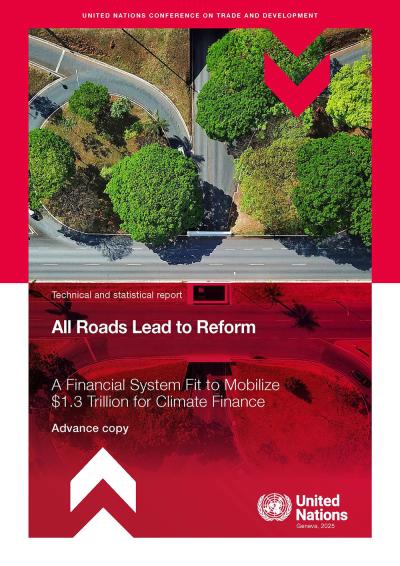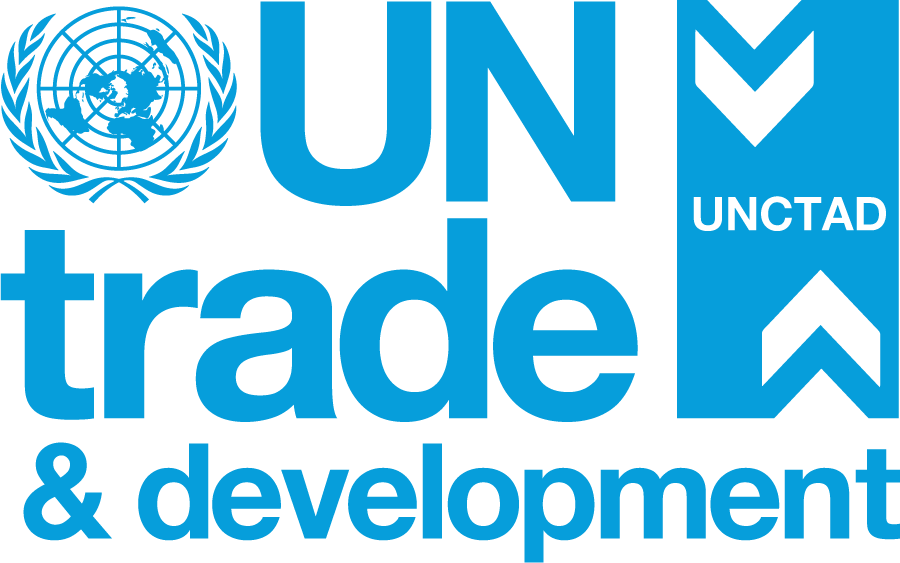
At COP29 in Baku, Parties to the Paris Agreement adopted a New Collective Quantified Goal (NCQG) on climate finance for developing countries, setting a minimum floor of $300 billion per year by 2035 with developed countries taking the lead, and an aspirational goal of $1.3 trillion annually from all sources.
The decision text dedicated a paragraph to the importance of reforming the multilateral financial architecture and removing the structural barriers and “disenablers” facing developing countries in financing climate action, “including high costs of capital, limited fiscal space, unsustainable debt levels, high transaction costs and conditionalities for accessing climate finance.”
In light of the underwhelming provision and mobilization of climate finance for developing countries, this report identifies several priorities for systemic reform that can help scale climate finance flows and create a more enabling international financial architecture (IFA) for climate-resilient development.
It responds to Decision 1/CMA.6 for a NCQG adopted at the 29th Conference of the Parties (COP29) to the United Nations Framework Convention on Climate Change (UNFCCC) in Baku, Azerbaijan, in November 2024, which calls on “all actors to work together to enable the scaling up of financing to developing country Parties for climate action from all public and private sources to at least $1.3 trillion per year by 2035.”
Key messages
- Climate finance delivery is not achieving its potential. Despite reaching the $100 billion goal in 2022, climate finance mobilized by developed countries to support developing countries is primarily delivered as debt through a fragmented architecture, which hinders access for the most vulnerable countries and does not adequately finance adaptation or loss and damage.
- A reformed IFA is central to reaching climate finance goals. The shortcomings of climate finance support for developing countries are shaped by the broader limitations of the IFA. Outdated governance structures and policy frameworks should be reformed to enable developing countries to achieve investment-led just transitions supported by a robust financial safety net against external and climate shocks.
- Existing proposals offer building blocks for a more comprehensive reform agenda. Momentum for IFA reform has increased in recent years alongside numerous proposals, however, few comprehensively address the structural constraints of the IFA. Efforts to improve the quantity and quality of climate finance can learn from this progress to build consensus around a more systemic reform agenda capable of truly transforming climate and development outcomes.
- The Baku to Belém Roadmap can be a catalyst for this systemic change. Without IFA reform, strategies to achieve the $1.3 trillion climate finance goal risk repeating past failures. The Baku to Belém Roadmap can indicate concrete reforms that can accelerate equitable finance delivery and allow every country to meet its climate and development goals.
A framework for reform
- Enhance access to liquidity and stability tools, reducing vulnerability to boom-bust cycles and climate shocks and establishing a fairer global financial safety net that offers timely, unconditional support to all countries in need.
- Scale up adequate and predictable climate finance to support climate-resilient structural transformation in developing countries, including addressing unsustainable sovereign debt and enhancing domestic resource mobilization.
- Rebalance global economic governance with a more representative and accountable system that reflects all countries’ interests and needs in the face of climate and development challenges.


